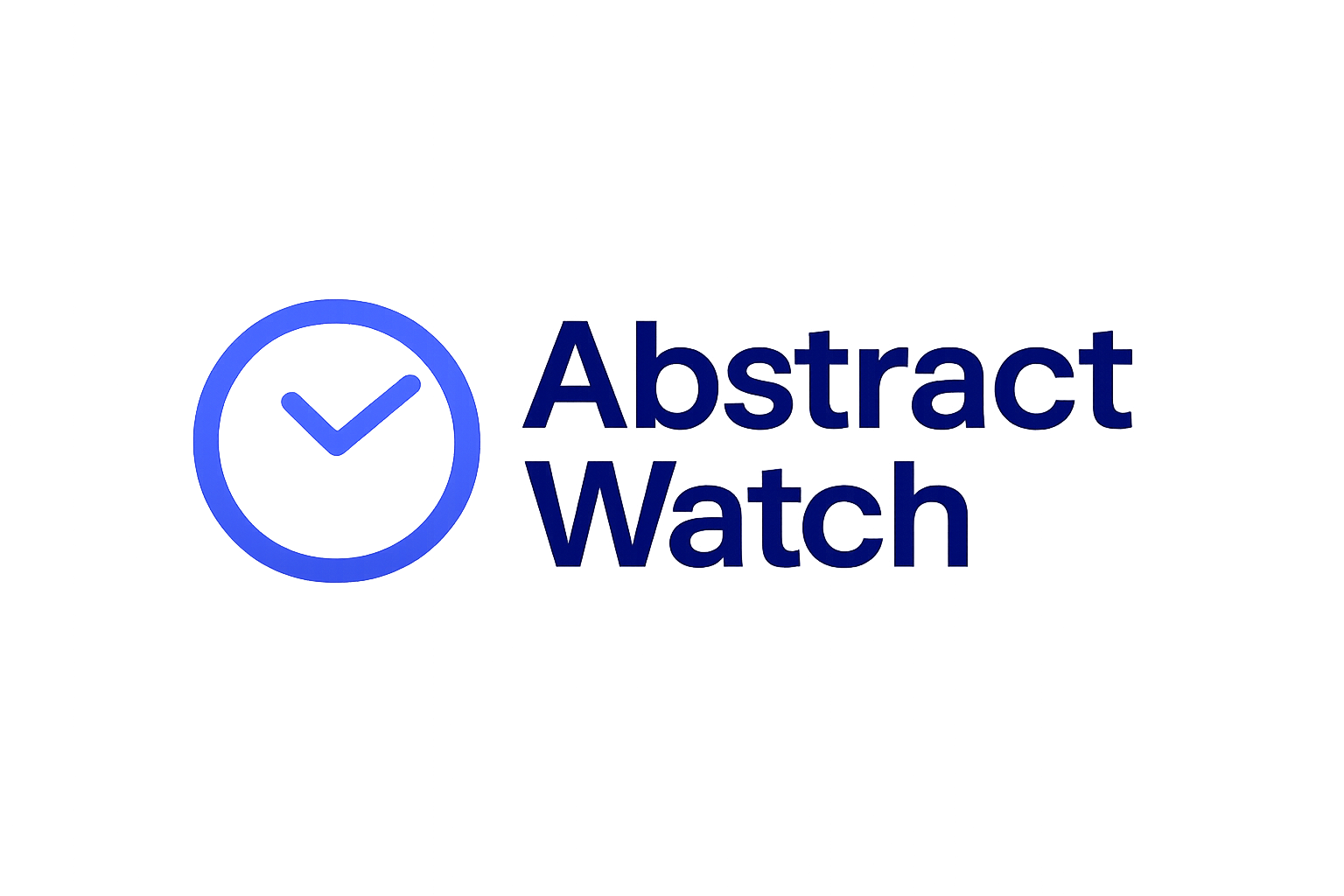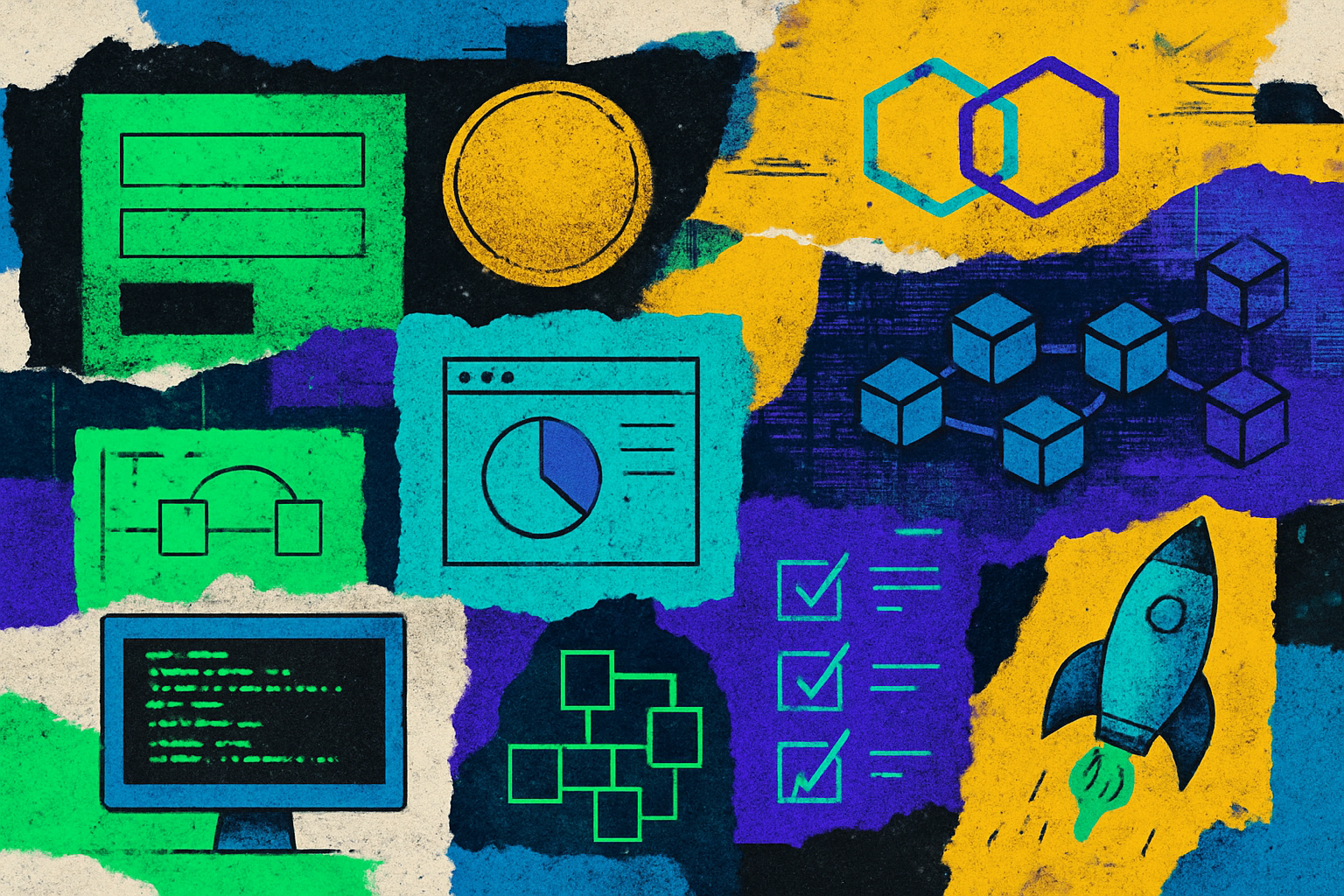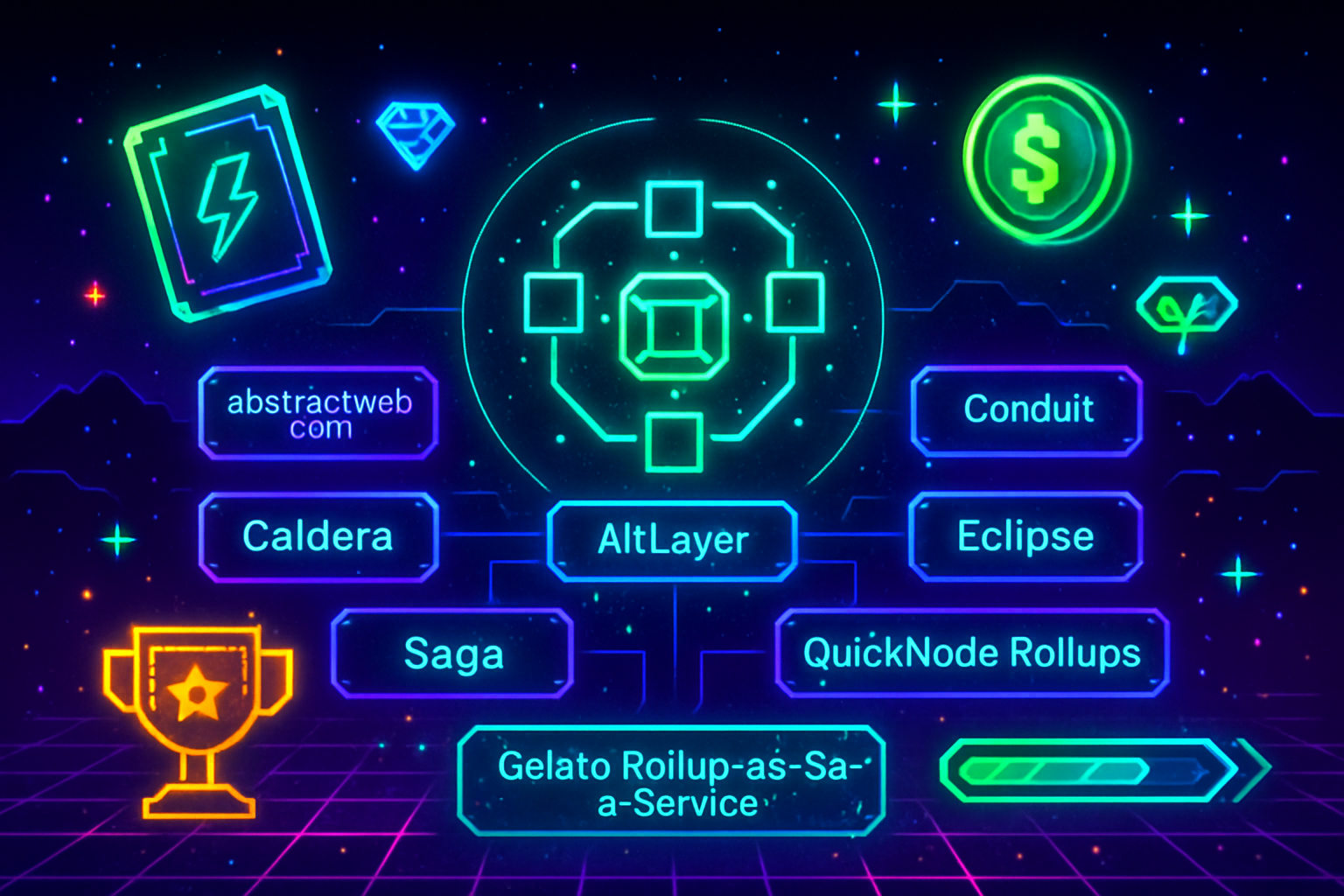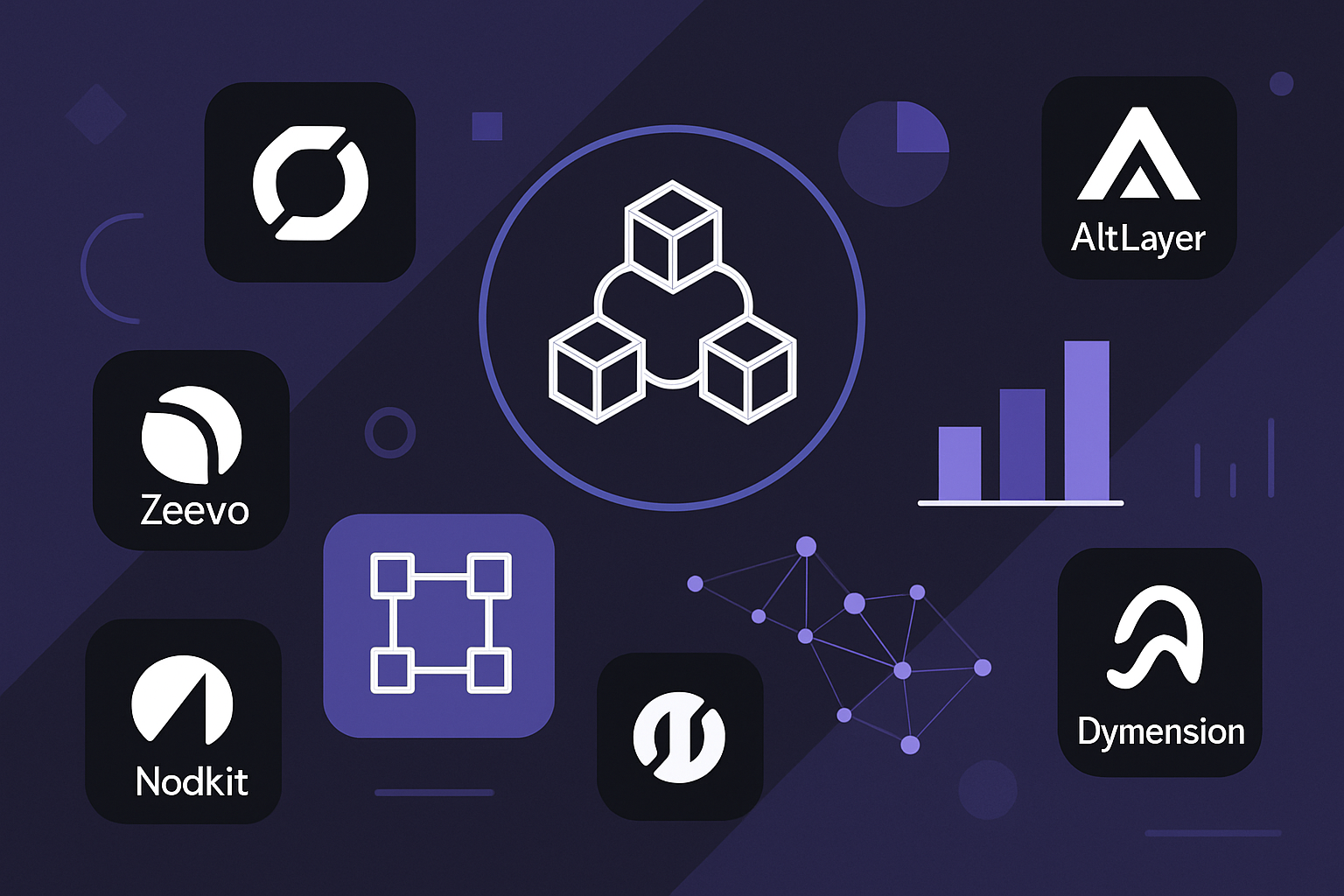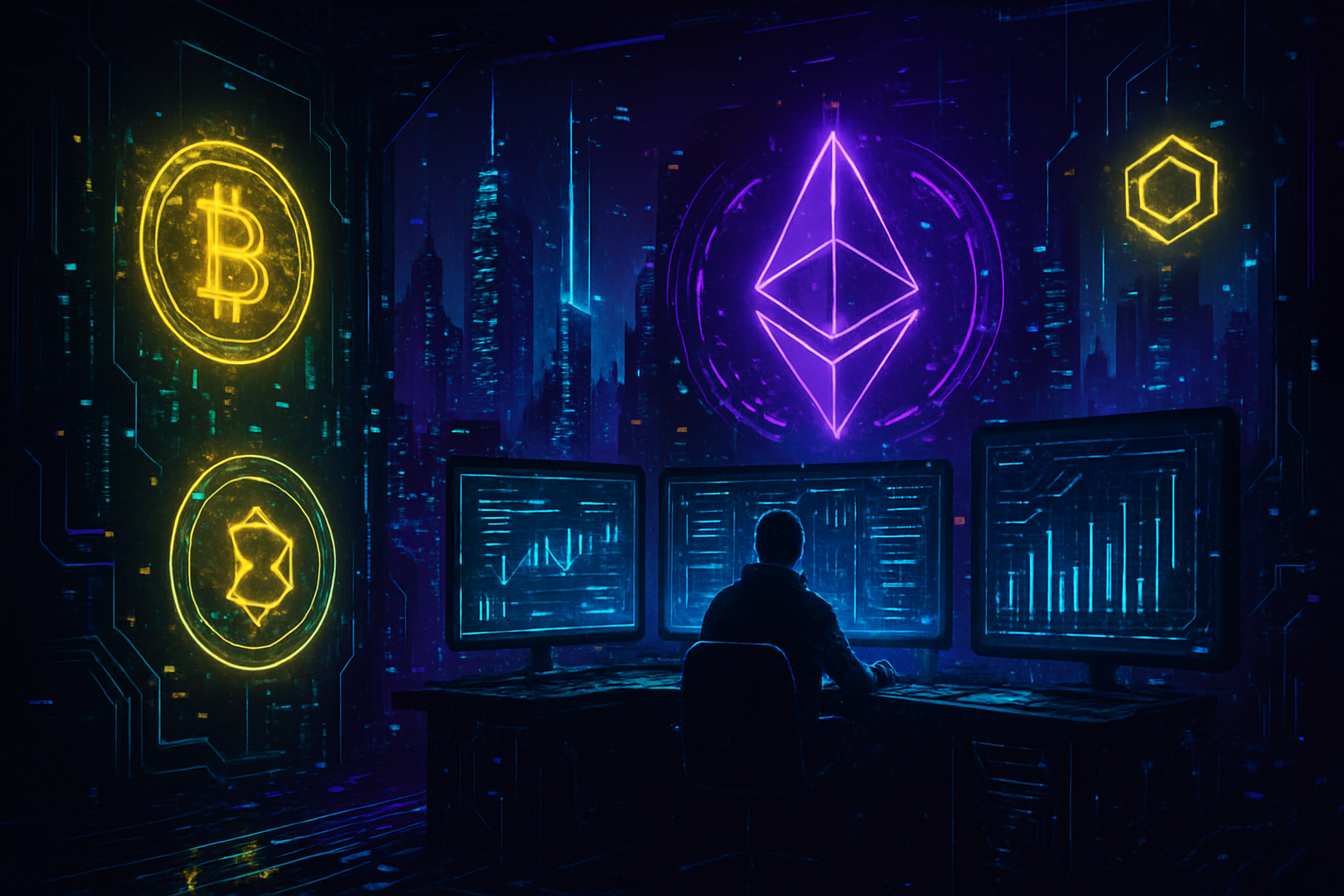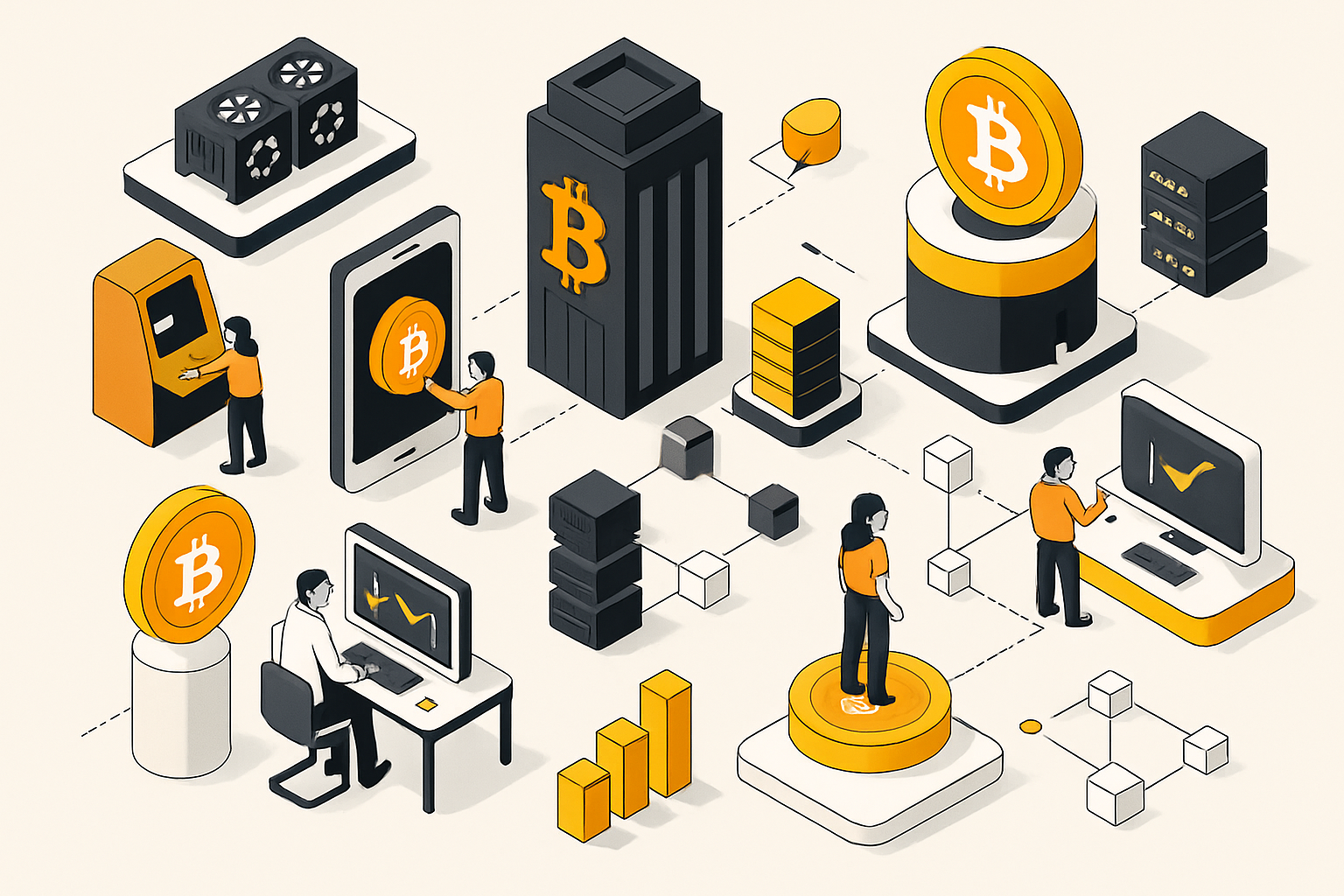
Launching an application-specific blockchain used to be a marathon of code, infrastructure headaches, and endless DevOps. Fast forward to 2025, and the landscape has flipped. Thanks to no-code rollup deployment, what once took months of engineering can now be accomplished in an afternoon, sometimes just minutes, by anyone with a vision and a laptop. This isn’t just a technical upgrade; it’s a fundamental shift in who gets to build on-chain and how quickly ideas reach the market.

No-Code Rollup Deployment: The 2025 Game Changer
No-code rollup deployment platforms have exploded onto the scene, democratizing blockchain development. Instead of wrangling with Solidity or Rust, developers and even non-coders can spin up custom rollups using intuitive visual interfaces and ready-made templates. Platforms like Asphere (from Ankr) and Caldera are leading the charge, offering one-click solutions for both Ethereum Virtual Machine (EVM) and Solana Virtual Machine (SVM) environments.
Take Asphere’s partnership with the Web3 Foundation: their no-code framework for Polkadot lets teams launch secure, interoperable rollups in minutes. Need custom tokenomics, governance modules, or staking? It’s all drag-and-drop, no PhD in cryptography required. Meanwhile, Caldera’s multi-VM support means you can harness Solana-grade speed or Ethereum’s security without sweating the backend details.
From Zero Code to Mainnet in Minutes
What’s fueling this revolution? A convergence of modular blockchain infrastructure and user-centric design. In 2025, platforms like LaunchLab and Smithii let you deploy Solana-based tokens for as little as 0.1 SOL (roughly $16–$20), putting affordable on-chain launches within reach for startups everywhere. On Ethereum, similar price points are transforming the economics of experimentation, risk is low, speed is high.
StarkWare’s SN Stack toolkit is another standout. By leveraging zero-knowledge cryptography (ZK), it empowers builders to create highly scalable appchains tailored for DeFi protocols, NFT marketplaces, or even on-chain games, all without deep protocol engineering skills.
Why RaaS Platforms Are Winning Hearts (and Market Share)
The Rollup-as-a-Service (RaaS) model is at the heart of this transformation. Providers like Instanodes, AltLayer, Caldera, and QuickNode are competing to offer not just uptime but also industry-leading customization and compliance frameworks. QuickNode’s $65 million “RollOut” accelerator program is turbocharging innovation by connecting budding projects with veteran Web3 players like Google and Coinbase Ventures.
This new breed of app-chain launch platforms offers:
- Scalability: Modular architectures let you dial up throughput without sacrificing security.
- Interoperability: Plug-and-play connections with major chains unlock cross-chain liquidity.
- No-Code Customization: Drag-and-drop economics modules mean product teams iterate faster than ever.
- Compliance and Ops: Hosted node operations take care of the boring bits so you can focus on innovation.
The result? DeFi protocols spinning up dedicated chains overnight; NFT studios launching event-driven blockchains for viral drops; DAOs deploying governance tools that would’ve taken months last year, all without writing a single line of smart contract code.
For developers, founders, and even traditional enterprises dipping their toes into Web3, the barrier to entry has never been lower. The new generation of no-code blockchain development tools is flattening the learning curve and letting teams move at the speed of inspiration. This shift isn’t just about convenience; it’s about unlocking a wave of experimentation that was previously stifled by technical gatekeeping and budget constraints.
Top No-Code Rollup Deployment Platforms in 2025
-
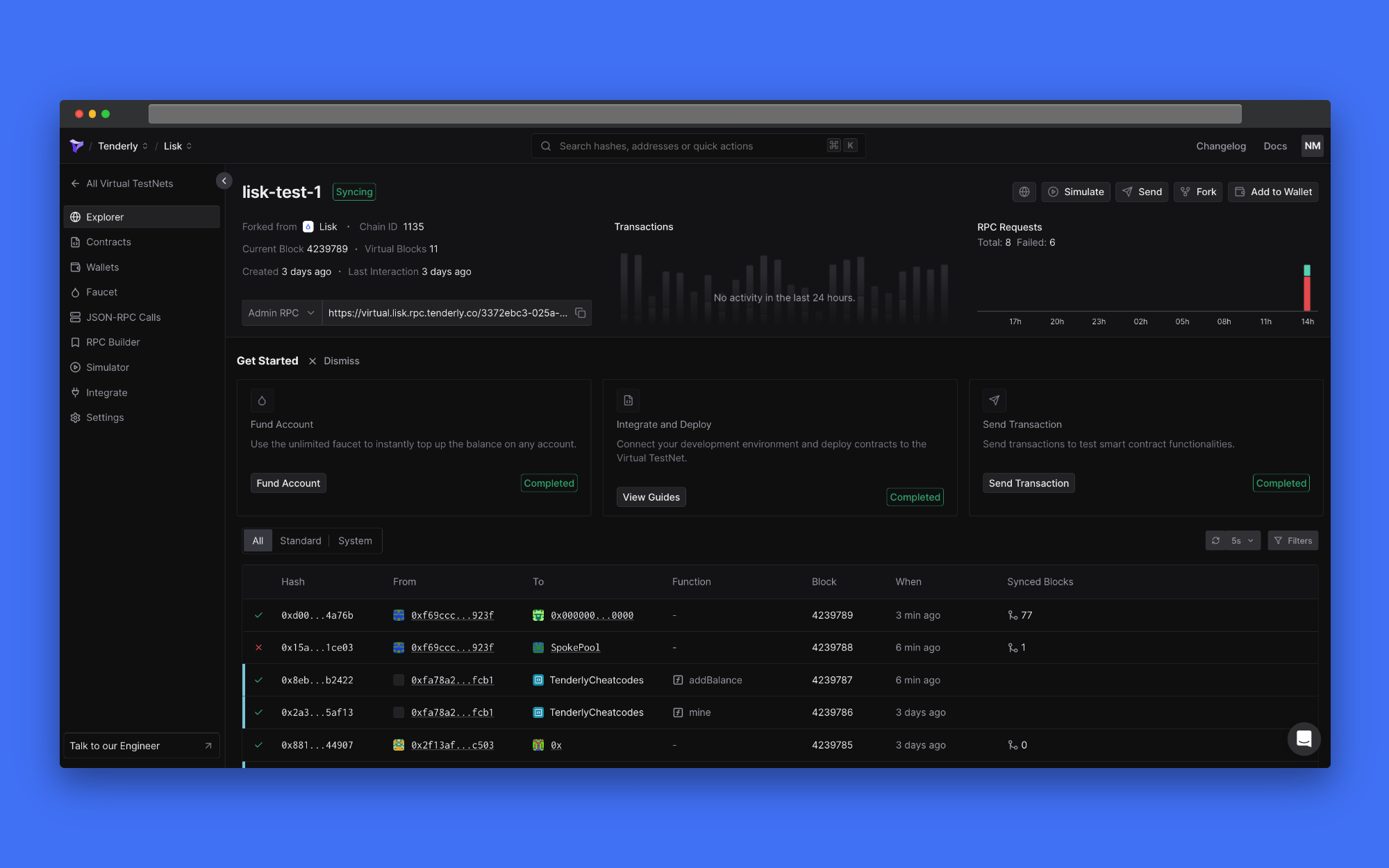
Asphere x Web3 Foundation No-Code Rollup DeploymentAsphere, in partnership with the Web3 Foundation, delivers a visual, no-code framework for launching Polkadot rollups. Developers can deploy custom chains in minutes using ready-made templates, built-in governance, and tokenomics modules—all managed on Asphere’s fully hosted infrastructure.
-

StarkWare SN StackStarkWare’s SN Stack empowers developers to launch appchains on Starknet with zero-knowledge (ZK) cryptography for extra security and scalability. The toolkit includes Madara for modular rollups and Dojo for gaming-focused chains, all accessible with minimal coding.
-
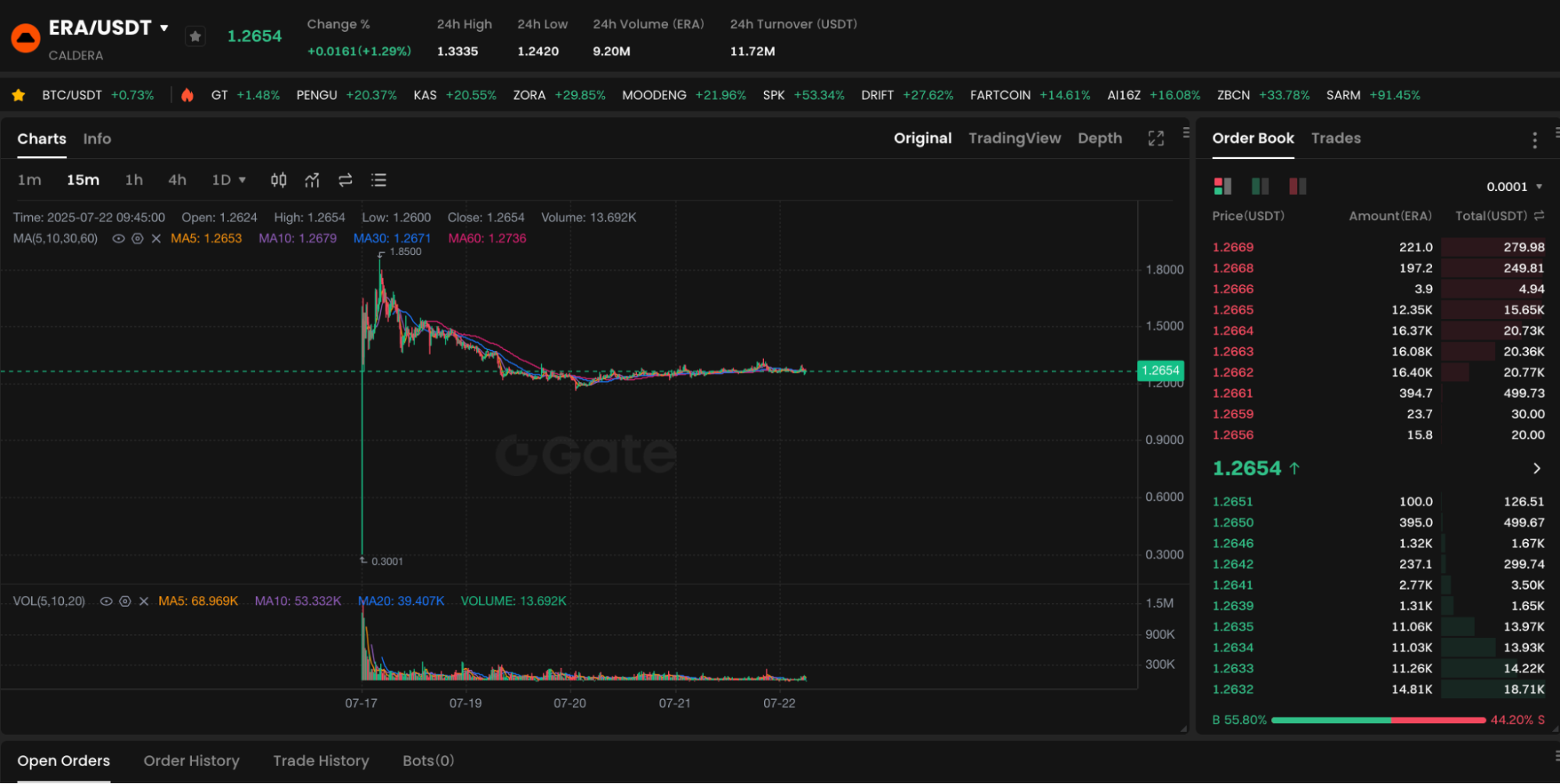
Caldera Multi-VM Rollup PlatformCaldera’s platform offers one-click deployment of both Ethereum Virtual Machine (EVM) and Solana Virtual Machine (SVM) rollups. Its multi-VM support unlocks high-performance, customizable chains for a wide range of on-chain applications.
-
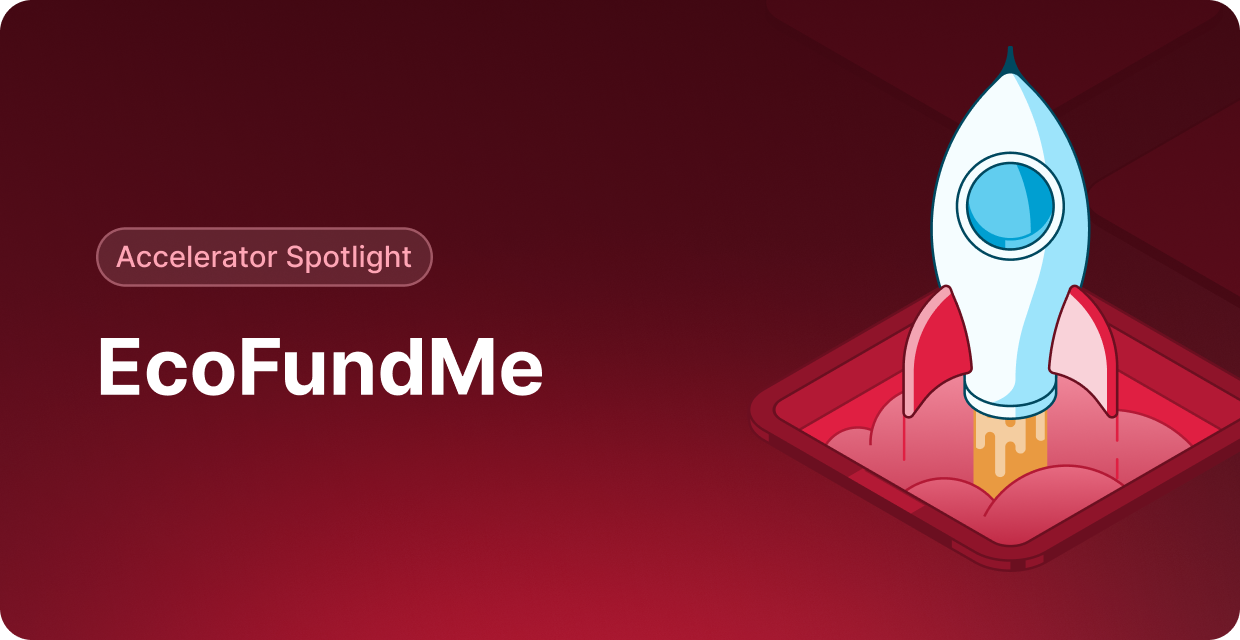
QuickNode RollOut AcceleratorQuickNode’s RollOut program is an accelerator for rollup projects, supported by a $65 million coalition including Google, Coinbase Ventures, and Arbitrum. It provides technical guidance, funding, and industry connections to help teams launch rollups quickly and effectively.
What’s especially exciting is how these platforms are fostering a more diverse ecosystem. With the friction of infrastructure gone, we’re seeing rollups for every use case imaginable: micro-payment rails for creators, hyperlocal DAOs for cities, on-chain loyalty programs for brands, and even experimental governance models for public goods funding. The modularity and customization offered by RaaS providers mean that your app-chain can be as simple or as sophisticated as your vision demands.
The Future: Instant Innovation, Global Reach
The ripple effects are already visible across the industry. Instead of fighting over blockspace on congested mainnets, projects can now launch their own dedicated chains, scalable from day one and interoperable with major ecosystems like Ethereum, Solana, and Polkadot. The days of choosing between security and performance are fading as multi-VM support becomes standard.
Perhaps most importantly, this new paradigm is driving a virtuous cycle: lower costs mean more projects can afford to experiment; faster launches mean feedback loops tighten; and more competition among RaaS providers means better features for everyone. As we close out 2025, it’s clear that no-code rollup deployment isn’t just a trend, it’s becoming the default path to market for forward-thinking builders.
If you’re still on the fence about launching your own chain or dApp in this environment, consider what you’re missing: instant scalability, granular control over your protocol’s economics, and the ability to iterate at Web2 speed, without compromising on decentralization or security. The best part? You don’t need an army of engineers or deep pockets anymore. All you need is an idea, and maybe an afternoon.
Ready to see what you can build when infrastructure gets out of your way? Explore more about how no-code rollup deployment platforms are revolutionizing app-chain launches, or check out our deep dive into how no-code Rollup-as-a-Service platforms simplify custom app-chain deployment.
